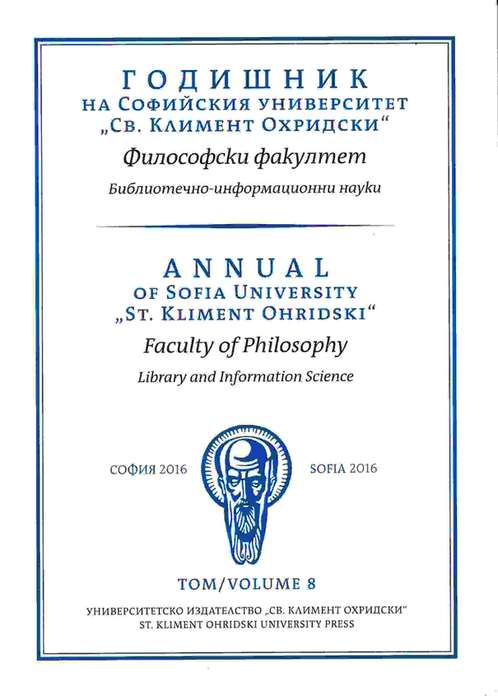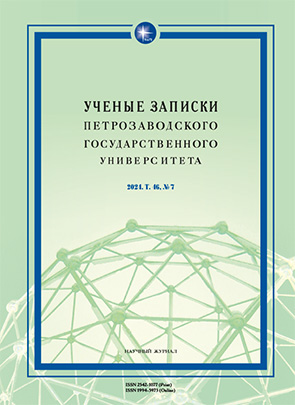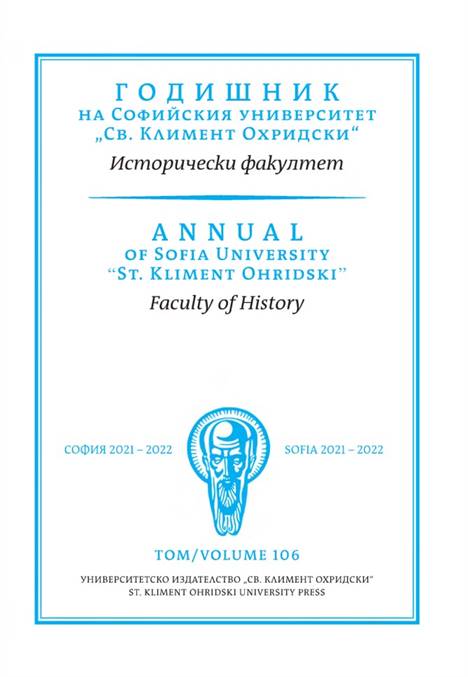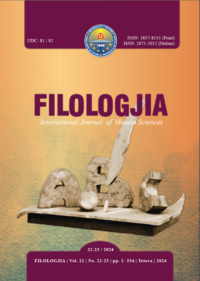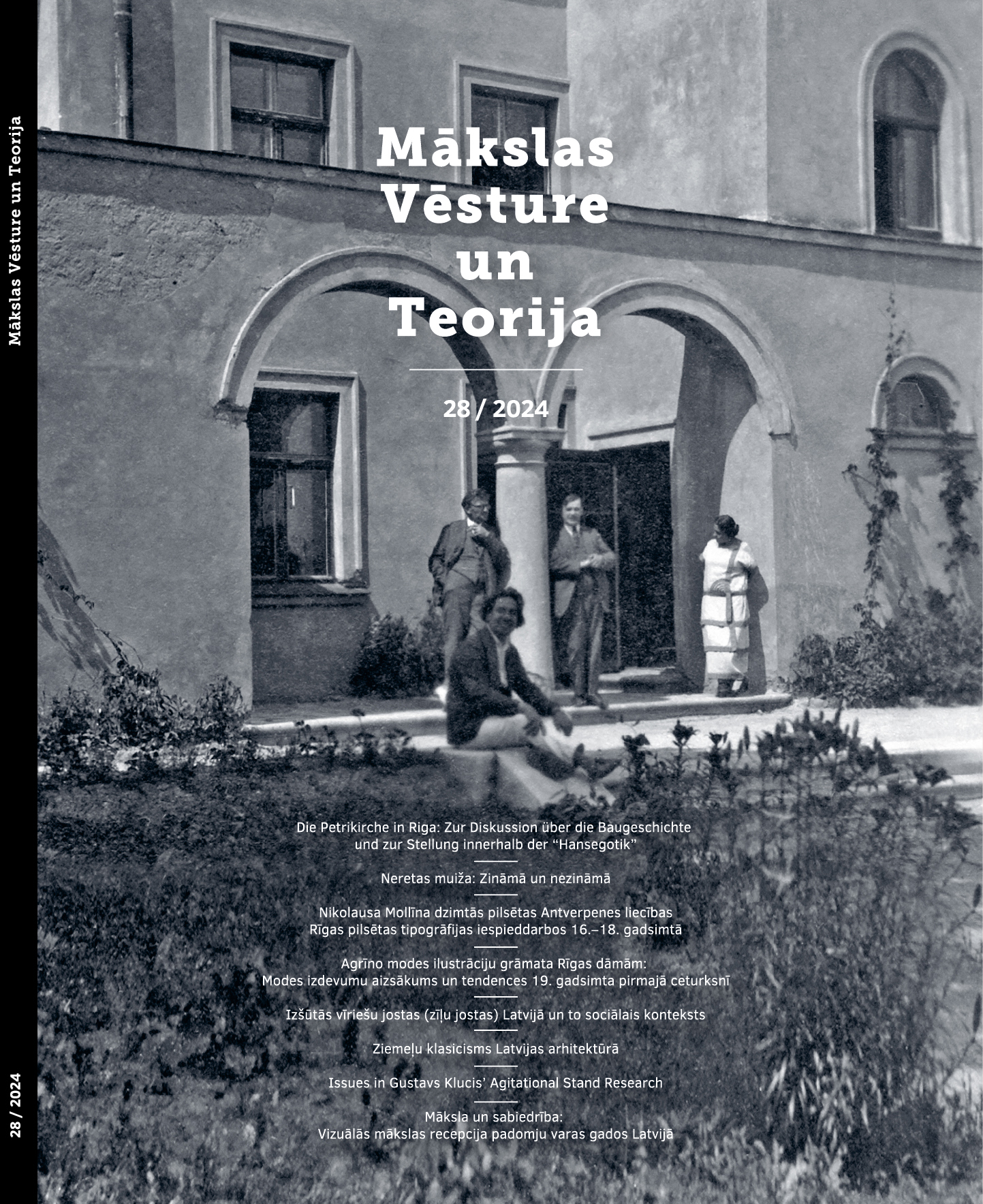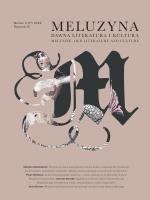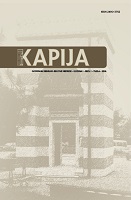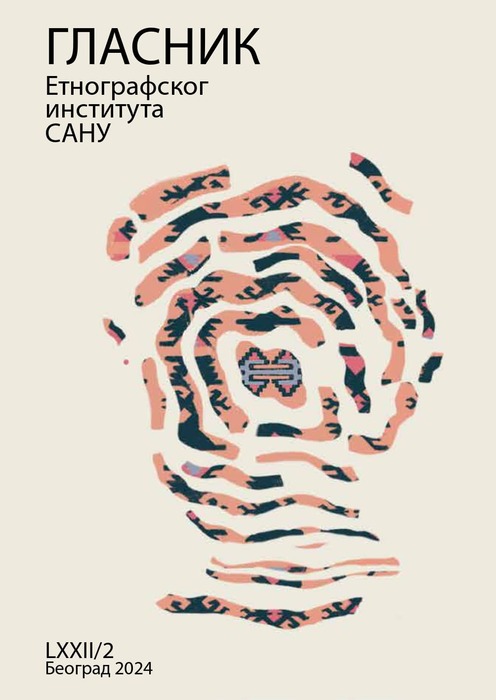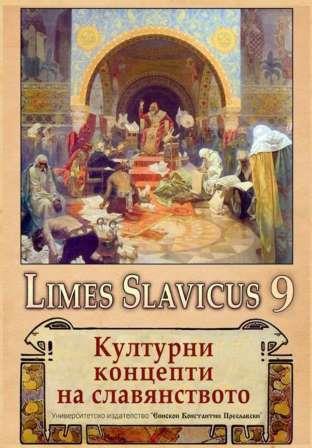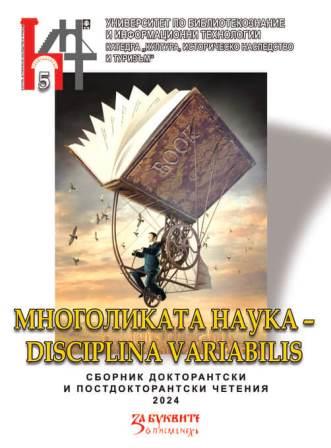Author(s): Beāte Orlova-Rotgalve / Language(s): Latvian
Issue: 28/2024
In 2023, the National Library of Latvia presented a guest exhibition about Riga’s first printer, Niclaes Mollijns (c. 1550–1625), at the Museum Plantin-Moretus in his native city of Antwerp. For the first time, the works of Mollijns created during periods of his work in Antwerp and Riga were exhibited together as a whole, allowing a close analysis of similarities between practices of book production and design undertaken in the print shops run by Niclaes Mollijns in both cities. Based on the research in preparation for the exhibition, the article examines the use of printers’ ornaments, vignettes and decorative initials in Mollijns’ print shops in Antwerp and Riga, revealing the transfer of skills and material culture between both cities in the late 16th century through the activities of an individual working in both regions.
During his time in Antwerp, Mollijns learned the craft of printing from his father, printer and woodcutter Jan Mollijns I (? – c. 1575/1576), and by working at the esteemed print shop of Christophe Plantin (c. 1520–1589). Niclaes inherited his father’s print shop in 1576, which he continued to operate for the following decade. During this time, he developed a distinctive signature style and a core set of decorative elements which he used for the design of his books. This would later form the basis of the inventory of the Riga printers’ office established by Mollijns in 1588.
Mollijns left Antwerp around 1586, presumably along with thousands of other Protestant emigrants who left the city after its fall to Spanish Catholic forces in 1585. Soon after, he set up shop in Riga, becoming the first printer in the entire region of Livonia. Mollijns seems to have brought parts of his Antwerp inventory with him, thus establishing a continuity between the book production practices of the Low Countries and Livonia. A core part of Mollijns’ inventory are printers’ ornaments designed by the French punch-cutter Robert Granjon (c. 1513–1590). Mollijns owned four sets of Granjon’s combinable arabesque ornaments, which he used in most of his printed works over his entire career spanning nearly five decades. According to research by Belgian scholar Hendrik Vervliet, most of the sets owned by Mollijns were originally created by Granjon at Plantin’s request. Thus the ornament sets later used by Mollijns in Riga have a strong connection by origin to the fashionable book design trends of 1560s Antwerp.
Several other items can be identified as having travelled with Mollijns from Antwerp to Riga. One such example is an oblong vignette featuring an arabesque design, used as a decoration on title pages and as a tailpiece in numerous books printed in both cities. In Antwerp, Mollijns had also owned several other larger arabesques which had originally belonged to his father. However, these did not make it to Riga, as presumably large parts of his Antwerp inventory were either destroyed during the Spanish military attacks or were sold before Mollijns’ move abroad.
Through the activity of Mollijns, influences of book production techniques from the Low Countries and France were introduced to Riga and the broader region of Livonia, where over time they mixed with the more local German cultural influence. Woodcuts, printers’ ornaments and other decorative elements originally used by Mollijns remained in use in the Riga printers’ office up to the early 18th century, by which point they had become too worn for further use. Granjon’s arabesque ornaments remained an often-used tool for decorating title pages and creating various tailpieces for decades to come. Thus, the fashions of Plantin and Granjon’s time found long-term popularity among printers in the Livonian capital. The larger arabesque ornaments, including the copy of Jean de Tournes’ I vignette, also remained in use until they fell into complete disrepair.
There is one special item in the Riga printer’s office inventory connected to the family of Niclaes Mollijns that survived into the 18th century. For a long time, a printers’ device with the Latin motto Poena diversa placet was thought to belong to the Riga city printer Georg Mathias Nöller (active 1684–1712), who used it on the title pages of his books in the early 1700s. However, previously unknown in Latvian scholarship, the printer’s mark originally belonged to Jan Mollijns I, the father of Niclaes, who used it for signing his works from at least as early as 1554. The mark visually depicts the family name (mol meaning “mole” in Dutch) and has been without question identified as the printer’s mark of Jan Mollijns I by several Belgian and Dutch scholars. Therefore, the first printer’s mark used in Livonia has a far longer history than previously noted in Latvian scholarship. We can only guess how the printer’s mark came into the possession of Nöller. It seems unlikely that he happened upon an item so closely related to the Mollijns family by accident. Incumbents of the Riga city printers’ office inherited the entire inventories of their predecessors, therefore it might be possible that Mollijns brought his fathers’ mark to Riga as a memento from his native city. There, it seemingly remained out of use for decades, until it was once again picked up by a new printer.
More...
